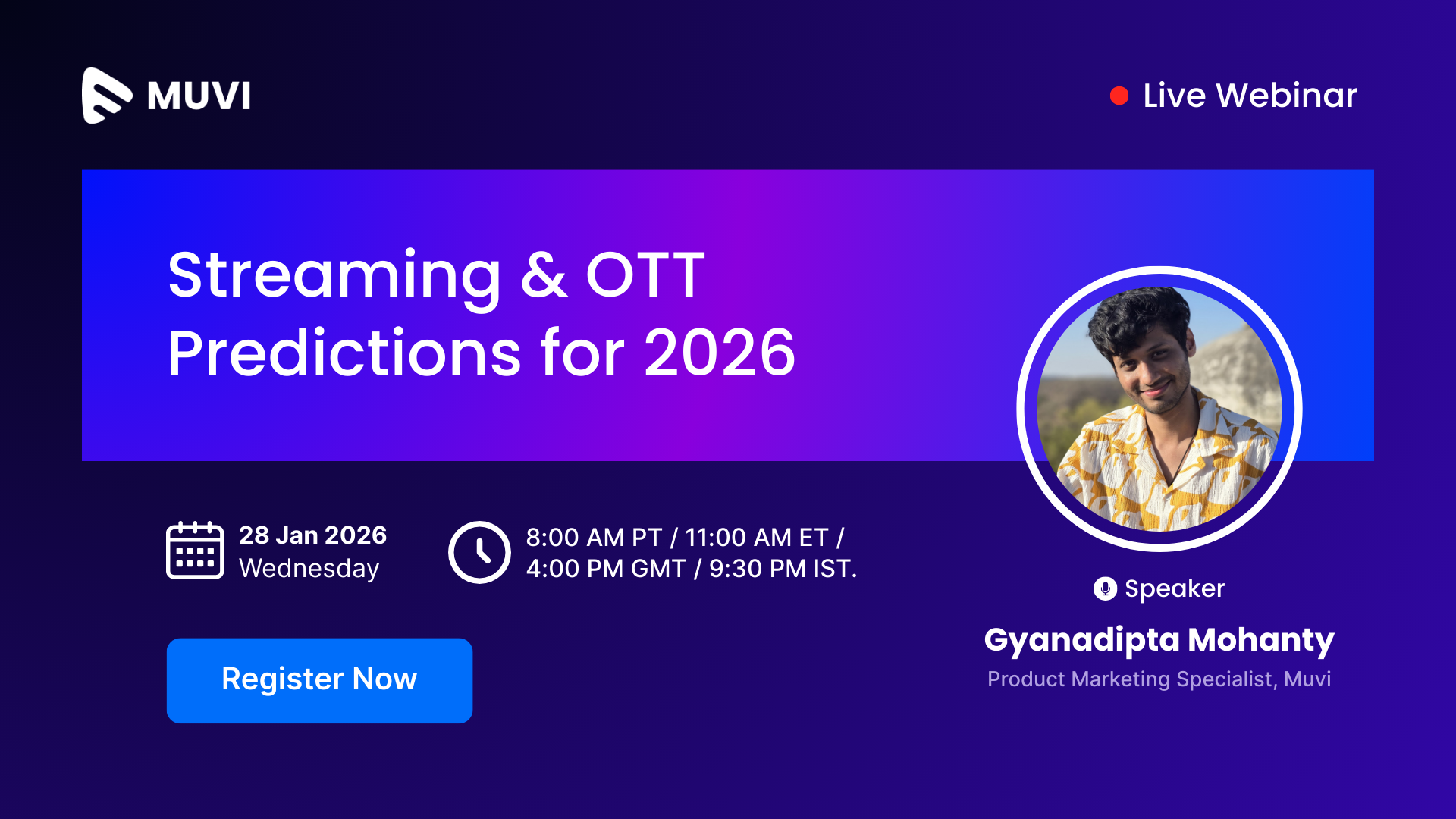SSO (Single Sign-On)
Single sign-on (SSO) is a user and session authentication service that authorizes a user to use one set of login credentials (e.g., User Name and Password) to access various applications. SSO is helpful for monitoring user accounts as well as logging user activities on the back end. (For example, Google Login, Facebook Login etc.)
Learn moreMRSS (Media RSS)
MRSS or Media RSS is an extension of RSS. It adds a number of enhancements to RSS enclosures. Basically, it is used to syndicate multimedia files (image, audio, video) in RSS feeds. Both MRSS and RSS revolutionized video distribution network. Simply add MRSS extensions to your RSS feed in order to deliver video content to your viewers without compelling them to check on the website from time to time. Moreover, you can add advertisements (both discrete text and banner) in…
Learn moreCMS (Content Management System)
CMS or Content Management System is a web interface which allows users to create, manage and publish digital content directly to the Web. Typically, it supports multiple users in a collaborative environment. The CMS allows users to create, edit and publish content from anywhere and at any time. Content management systems are categorized into four distinct types: component content management systems, Web group content management systems, Web content management systems and enterprise content management systems. In addition to these four…
Learn more4K (Ultra HD)
4K or Ultra HD is a new resolution standard designed for computer graphics and digital cinema. 4K has four times the resolution of normal 1080p HD video. 4K video has two standard types of resolution. 4096x2160 pixels for films and video production and 3840x2160 pixels for television and monitors. 4K has the following advantages: More detailed picture Larger projection surface visibility Better fast-action Higher image definition quality With the rise of 4K content, live streaming services are also adapting…
Learn more


